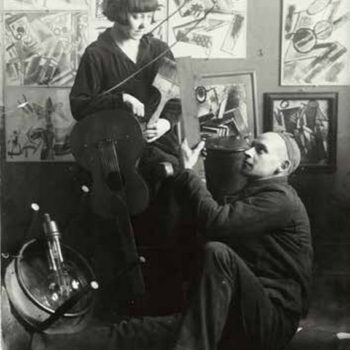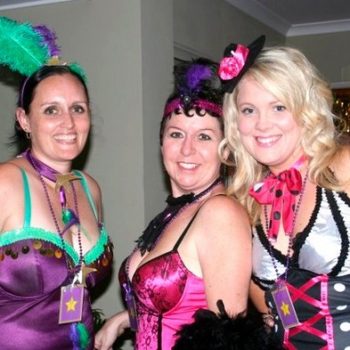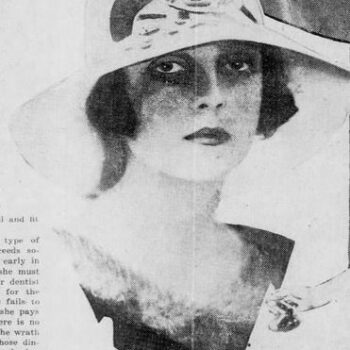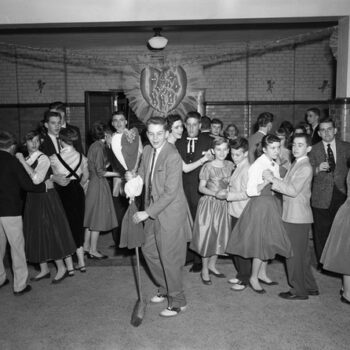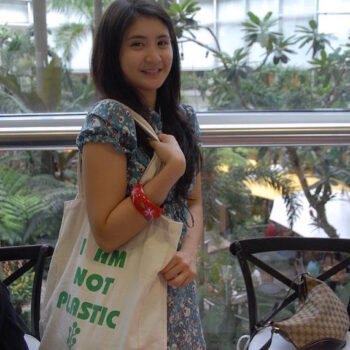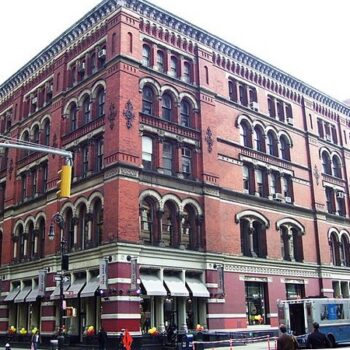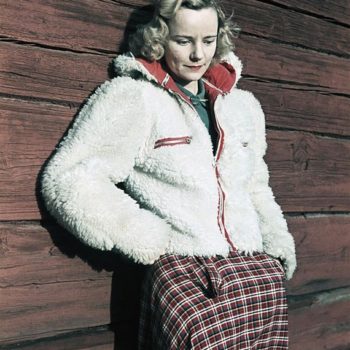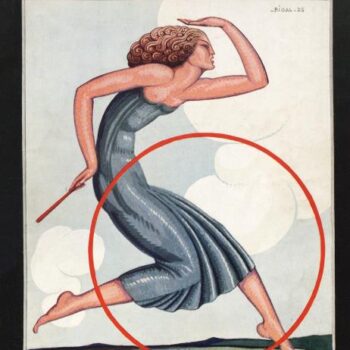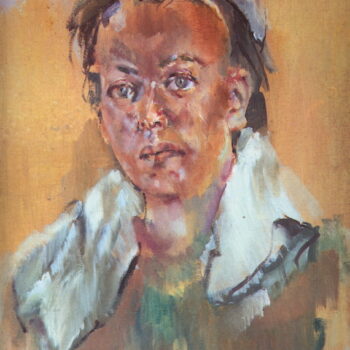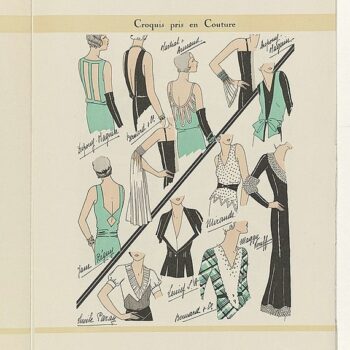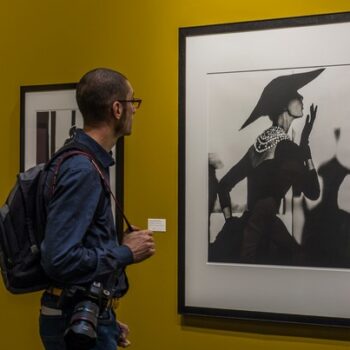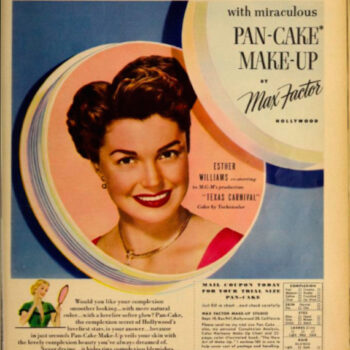Fashion muses – Luisa Casati
September 12, 2016Luisa Casati was wonderful: bold, eccentric, decadent, and irresponsible with a taste for the lavish that bordered on the ridiculous, and so rich that even when she spent every last penny she had on pet leopards, fancy dress outfits of cloth of gold studded with diamonds, couture outfits and numerous portraits of herself as well as palaces and properties in several cities across Europe, she didn’t hesitate to ask for more from her equally rich friends.
This season, the Marchesa Luisa Casati has inspired Dries Van Noten, Alexander McQueen and Marc Jacobs, and in the past it was John Galliano and Karl Lagerfeld; Keren Craig and Georgina Chapman named their fashion label Marchesa for her. But then, Luisa Casati has been an inspiration to many for almost a hundred years now.
She is the archetype of the tall, willowy art deco character with huge kohl rimmed eyes, never merely pretty or even beautiful but striking, commanding, with an impressive headpiece and an elegant animal on a leash. Right in front of me now is an Erte postcard featuring an Art Deco beauty, dressed in floor length black with a tricorne hat and three black fur soles clipped to one arm with diamond bangles – an elegant greyhound with a matching diamond collar completes her ensemble. It’s not a portrait of Luisa Casati, but it easily could be. I believe that Isabella Blow, although diminutive and English, always wanted to be the Italian Marchesa.
Luisa Casati – the early years
Born in Milan in 1881, Luisa Amman never knew anything but immense wealth. Her father had expanded the family textile business and was now a multi-millionaire: Luisa and her older sister Francesca were brought up at the family summer house near Lake Como. It seems that her parents may have sown the seeds for her lavish creativity as regards property – Villa Amalia, as the summer house was named, contained within its extensive grounds a temple of love, an amphitheatre and a large marble fountain which depicted the legend of Leda and the Swan.
That’s not the only story that the young Luisa would come to be fascinated by. Her mother Lucia loved to tell her daughters bedtime stories featuring all the eccentric exploits of society and royalty whom they knew. The Empress Elizabeth of Austria who daydreamed of travelling the world, and not only that, to do it solo. Of course, women at that time and most especially Empresses couldn’t, but the rebellious Elizabeth simply took a fake name and did. Or, less upliftingly, the beautiful Countess de Castiglione who, you might notice if you visited her house, had covered every single mirror in the place in heavy black chiffon so as to barely see the ravages of time on her face.
Luisa loved these dramatic stories, and would later call on them when she needed an adventurous or a mournful alter ego. she also had the opportunity to meet some of these characters and study them close up at her parent’s extravagant parties, occasions which she loved despite being such a shy child.
Luisa Casati becomes the Marchesa
But when Luisa was just fifteen, her parents were both dead under circumstances which have never been publicly explained. The vast fortune went to her and her sister. Luisa was soon married at nineteen to the Marchese Camillo Casati Stampa di Soncino, who was an aristocrat from an old Milanese family. At twenty Luisa had a baby, Cristina. Photos from this time show her as a conventional nineteenth century woman – a high bun and no make up. But being buried at home as a good Catholic wife and mother just wasn’t for Luisa Casati, and a couple of years later she embarked on an affair which was to bring out her unconventional side.
Gabriele D’Annunzio was an Italian poet, writer, and famous womaniser. He called her “Core, Destroyer of Mediocrity”. Kore, spelled here with a C, is the Greek name for Persephone, the Queen of Hell in Greek mythology. Not everybody’s choice of a pet name, but Luisa Casati loved it.
She started to add drops of belladonna to her eyes – it was known to be poisonous but enlarged the pupils to give such a languorous, unfocused gleam – and heavily outlined them with kohl, or even glued on strips of velvet. She powdered her face white, and dyed her hair vivid red. Remember, this was not the 1920s but two decades before, when the only women wearing makeup were prostitutes and that wasn’t a good thing.
Theatrical fashions
However, Luisa Casati combined her outré hair and makeup with theatrical fashions from Paul Poiret, the king of swirling silk capes and bold colours. She was one of the first to wear his “Lampshade” tunic and his controversial silken harem pants, accenting his outfits with feather boas or sometimes a boa constrictor, her tame pet. If it wasn’t a snake, it was her equally tame pet cheetahs.
When the pets died, in a suitably gruesome twist for Core, Queen of Hell, she had them skinned and the snake’s skin she kept in a crystal box, whilst at least one of her cheetahs became a rug. As well as the boa (named Anaxagarus) she had several other snakes, and her menagerie was completed with monkeys, marmosets and a pair of greyhounds she sometimes dyed blue.
Paul Poiret was originally influenced by Leon Bakst’s designs for the Ballet Russe, and Luisa even went back to the source and had Leon design even more over the top creations for her fancy dress balls. She was photographed by Mariano Fortuny, another couturier whose designs she favoured, standing on a pedestal in her garden in Venice, draped in pearls and intricate embroideries, a two foot crown on her head.
Did I mention that Luisa was six foot tall? In this ensemble, she must have moved amongst her guests like a truly mythical creature. Her parties were legendary, and she would spend about £1,000 (about £100,000 today) on each of them, massing whichever palace she held them at with hothouse orchids, lilies, and roses, and providing incredible exotic entertainments.
At one party she dressed as Salome and had her servants carry her in as a grand entrance lying on a solid silver platter. At another, she got permission to have the Piazza San Marco closed off just for her and her guests. She was the last person to be able to do this. To fill the square she invited hundreds, and they were brought by gondoliers who were painted gold.
Luisa Casati – fabulous homes
Luisa Casati had several homes, some which she bought, and some which were gifted to her. An author named Dr Axel Munthe gave her his famous house on the island of Capri, and the Comte Robert de Montesquiou willed her a palace of pink marble near Versaille called the Palais Rose. She had the interior hung with black velvet and used only black candles in silver chandeliers, with a life sized mechanical panther in the foyer.
In Venice she owned a vast but unfinished palace on the water called the Palazzo Venier dei Leoni, which was later acquired by Peggy Guggenheim and is now the home of the Peggy Guggenheim collection, one of the most visited attractions of Venice.
Luisa Casati also had residences in Rome, London and Paris, and when she moved between them she’d have train loads of her favoured decor of the moment shipped ahead; this included marble floors which she’d have lifted.
Luisa Casati – a living work of art
“I want to be a living work of art” said Luisa Casati, and she was. But she was also immortalised in paint, sculture, photography, novels, plays and films, sometimes as a muse of the artist, often in paid commisions which she kept. Visual artists who made portraits of her included Giovanni Boldini, Paolo Troubetzkoy, Romaine Brooks, Kees van Dongen, Augustus John and Man Ray.
Gabriele D’Annunzio based his character Isabella Inghirami in Forse che si forse che no (1910) on her, and the character of La Casinelle, who appeared in two novels by Michel Georges-Michel, Dans la fete de Venise (1922) and Nouvelle Riviera (1924), was also inspired by her. After her death Vivienne Leigh appeared in the 1965 play La Contessa, based on her life, and Ingrid Bergman also played her in the film A Matter of Time in 1976.
She was incredibly generous to artists and friends and was the patron of the Ballet Russe. As well as her grand balls and parties she held regular soirees and house parties, and often had several poets, artists, and gay and lesbian friends staying with her at any one time.
But despite her many friends and affairs with both men and women Luisa often found that she was often bored and isolated in her grand residences. When later in life she bought herself a TV set, she enjoyed it very much.
Glamorous to the end
Finally, in the 1930s her money ran out and she settled in Chelsea, London, still with her servants and still owning property abroad, although she found it increasingly hard to travel there. She kept up her look, improvising with boot polish instead of kohl and making false eyelashes from horsehair she plucked from a sofa. She scavenged feathers from local dance halls and wrote to her friends cheerfully asking for subsistence money, which they willingly gave.
Luisa Casati died in 1957 in Chelsea at the age of seventy-six. She is buried in Brompton Cemetery, not in a grand tomb of fantastical design that would befit her, but a grave marked only by a small weather-worn urn.



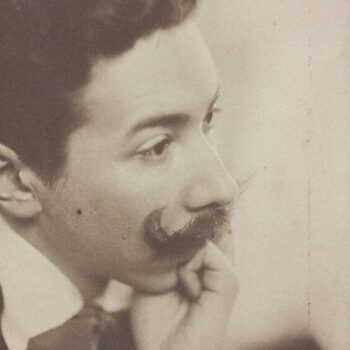

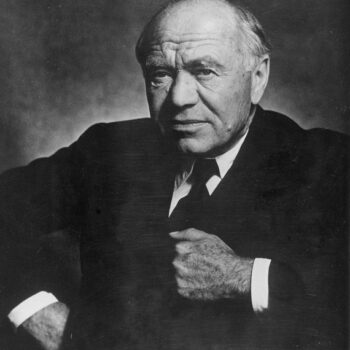
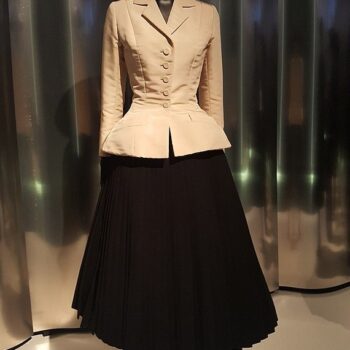
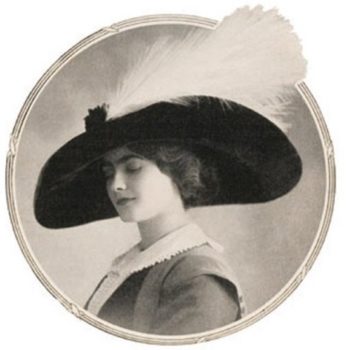
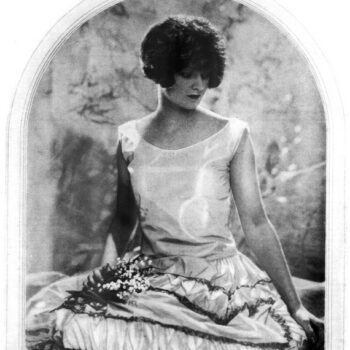
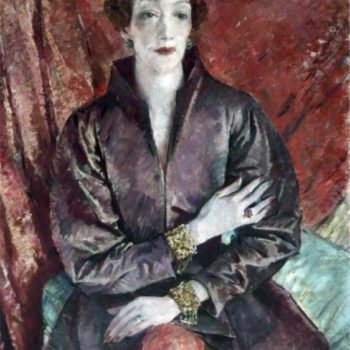
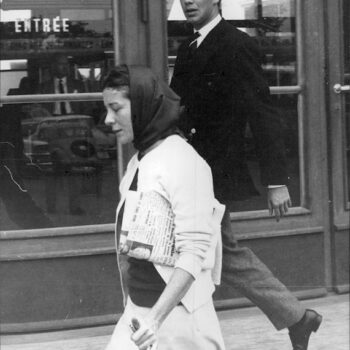

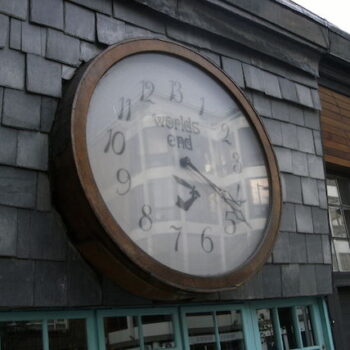

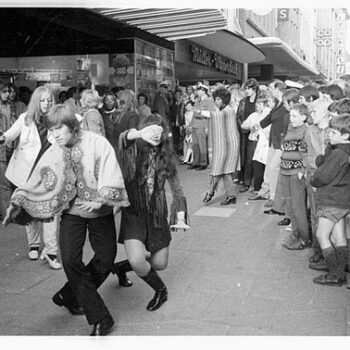
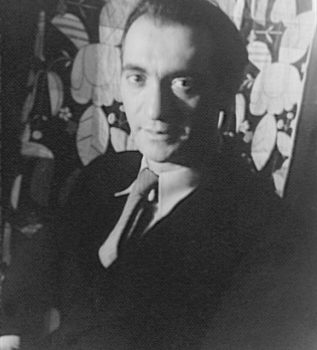
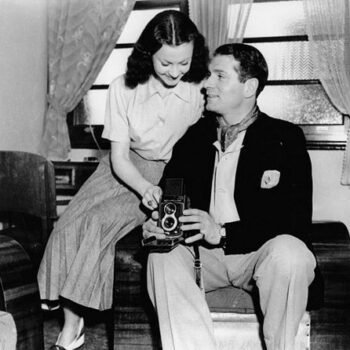
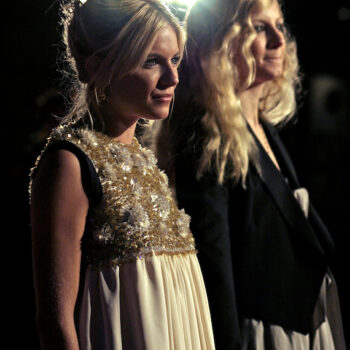
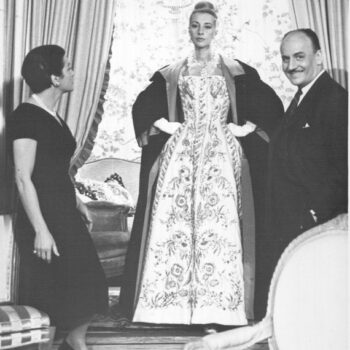
![fashion style icons.Audrey_Hepburn.(https://creativecommons.org/licenses/by-sa/4.0)], via Wikimedia Commons](https://www.blue17.co.uk/wp-content/uploads/2017/04/570px-Audrey_Hepburn_auf_dem_Bürgenstock_09-350x350.jpg)
